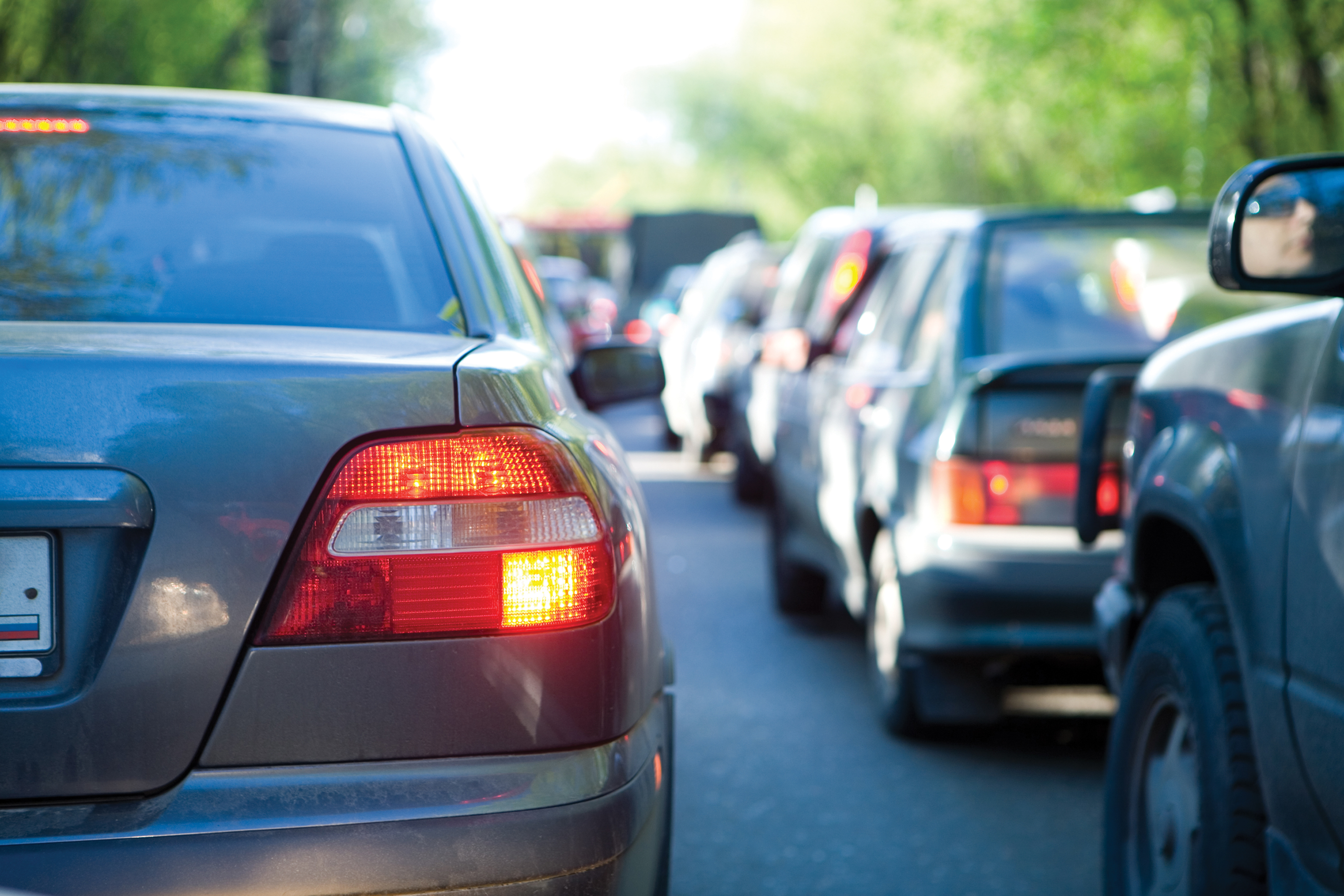Household Bills
Cost of running a car down £600 since 2013

The average cost of running a car is around £600 less a year than it was in 2013, largely due to the fall in the cost of fuel.
It now costs the average motorist £2,197.42 a year to keep their car on the road, £622 or 22% less than three years ago, according to research from Sainsbury’s Bank.
The main reason for the change is that the cost of fuel fell by 38% during this period – from £1,658 to £1,031.
Insurance costs increased by 5% over the three year period from £595 to £626, but the estimated cost of servicing a car fell from £334 to £302.
Tax has also edged up by 3% from £194 in 2013 to £200 in 2016.
Petrol prices on the up
However, it’s not all good news for motorists as petrol and diesel prices went up for the third consecutive month in May, the RAC said.
In comparison to February prices, it now costs an extra £5 to fill up a family car.
According to the RAC Fuel Watch data for May, unleaded petrol rose by nearly 2p a litre from 108.67p to 110.59p a litre, adding £1 to the cost of filling up a 55-litre family car.
Since the end of February, the cost of a tank of petrol has risen by £4.77.
Diesel has seen an even bigger increase – 2.2p a litre – to 110.70p a litre. This means that a full tank of diesel is now £1.22 more expensive and £5.14 more than when filling up in February.
Average supermarket prices of petrol and diesel increased by 2% – 1.85p a litre for petrol (106.08p to 107.93p) and 1.68p for diesel (105.91p to 107.59p).
But there are big variations in the price you’ll pay across the country.
East Anglia saw the biggest increase in petrol prices with a 2.18p a litre rise, while the South East experienced the greatest diesel price hike at 2.31p.
The North West underwent the smallest increases in both petrol and diesel, while Northern Ireland remains the cheapest place to buy fuel in the UK with petrol at 109.64p and diesel at 109p. The South East meanwhile has the most expensive fuel with unleaded at an average of 110.97p and diesel at 111.37p.
What’s causing the price to increase?
Wholesale prices of both fuels have gone up; petrol by 3.2p a litre and diesel by 4p a litre, predominantly as a result of the oil price continuing to rise.
The spot – or physical – price of oil rose 14% in May, adding $6 to a barrel ($43.18 on 3 May to $49.26 on 31 May), and a barrel also reached its highest price since mid-October 2015 when it finished trading at $49.53 on Thursday 26 May.
The oil price teetered around the $50 mark for the last few days of May having risen due to the extra demand from the start of the US summer driving season, but it has yet to go higher.
The RAC explains that some of the refinery issues which had led to lower than expected output have been resolved and there’s now increased crude production in the Middle East.
And, with the Organisation of the Petroleum Exporting Countries (OPEC) deciding not to curtail production at its six-monthly meeting in Vienna on Thursday, there is good reason to expect the oil price will not go far above the current level for the time being.
£1 a litre now a distant dream
RAC fuel spokesman Simon Williams said: “Motorists will be disappointed to see pump prices going up again having enjoyed filling up their vehicles with petrol and diesel for under £1 a litre at the start of the year. The sub-£1 litre is now sadly starting to seem like a distant memory.
“Since the end of February the price of both unleaded and diesel have increased by around 9p a litre which has driven the cost of filling up by around £5. Now summer’s here what most families want is a period of stability so that making the most of the better weather doesn’t lose some of its shine through higher costs at the pump.”